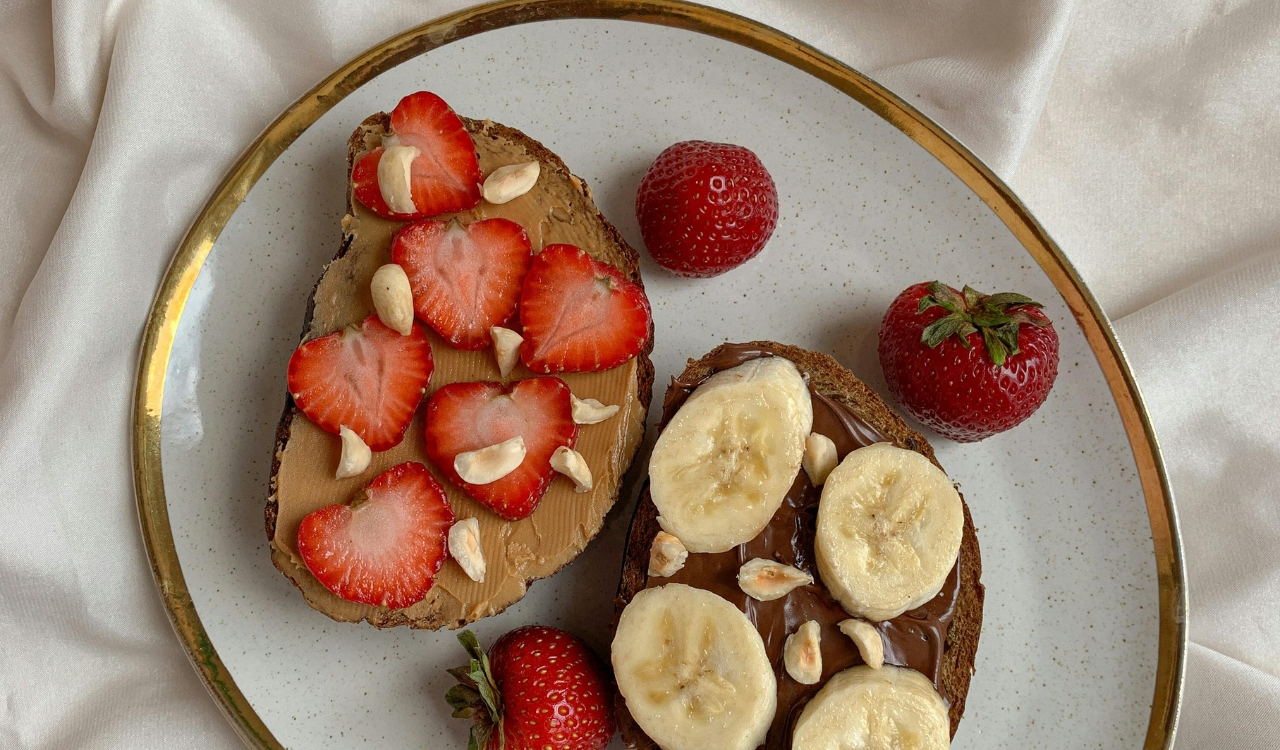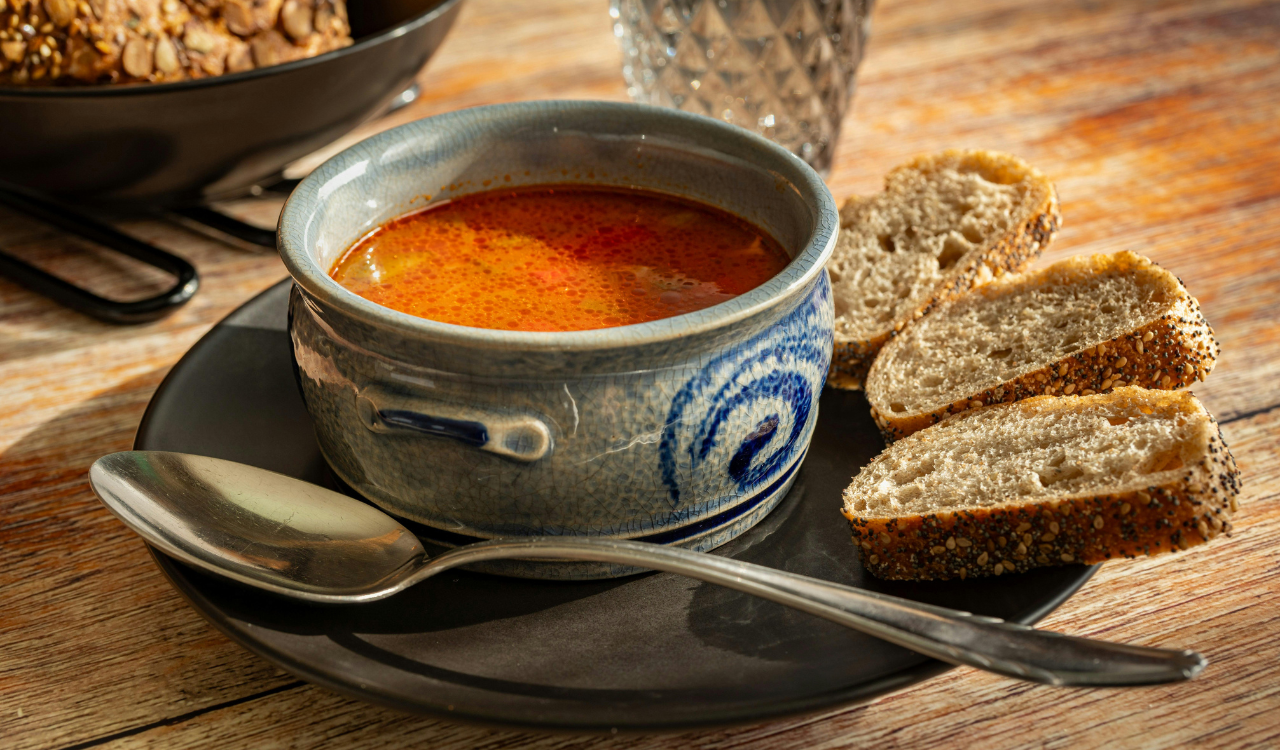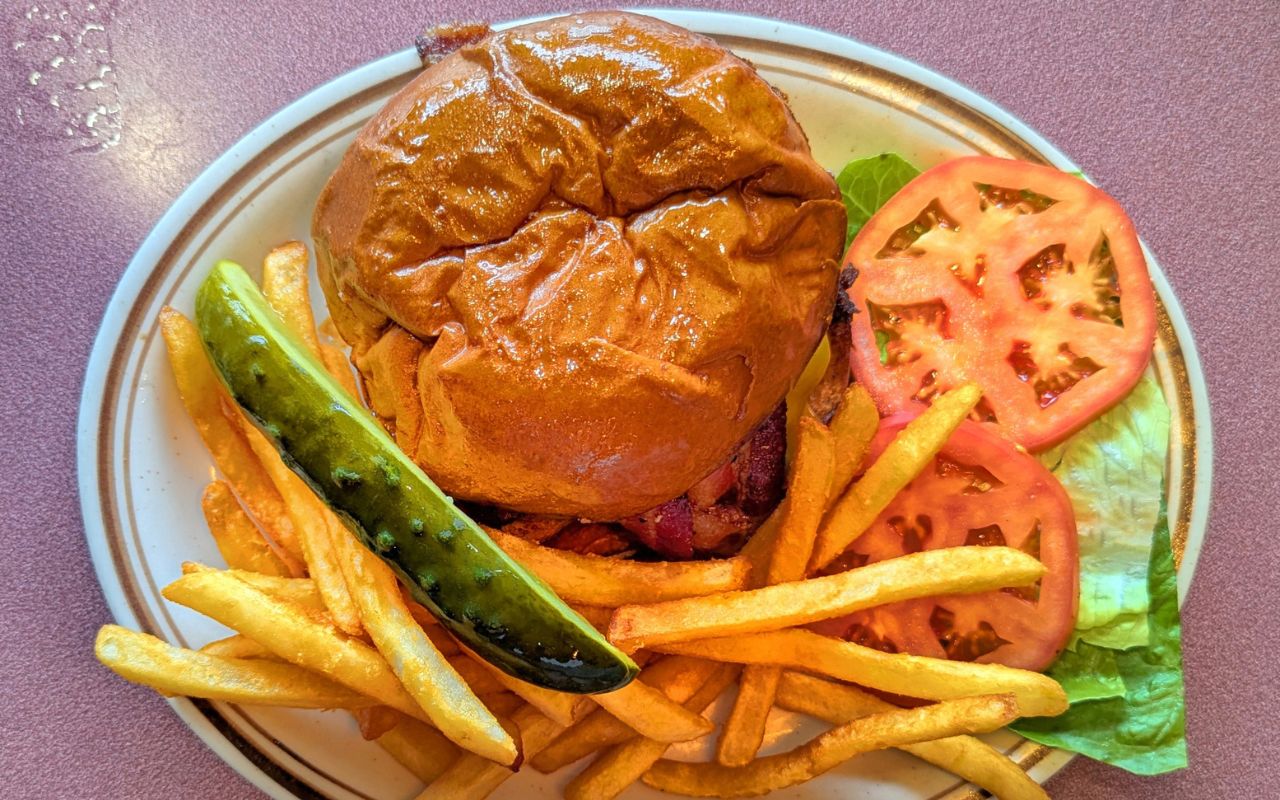8 Rice Varieties That Change the Flavor of Your Meal
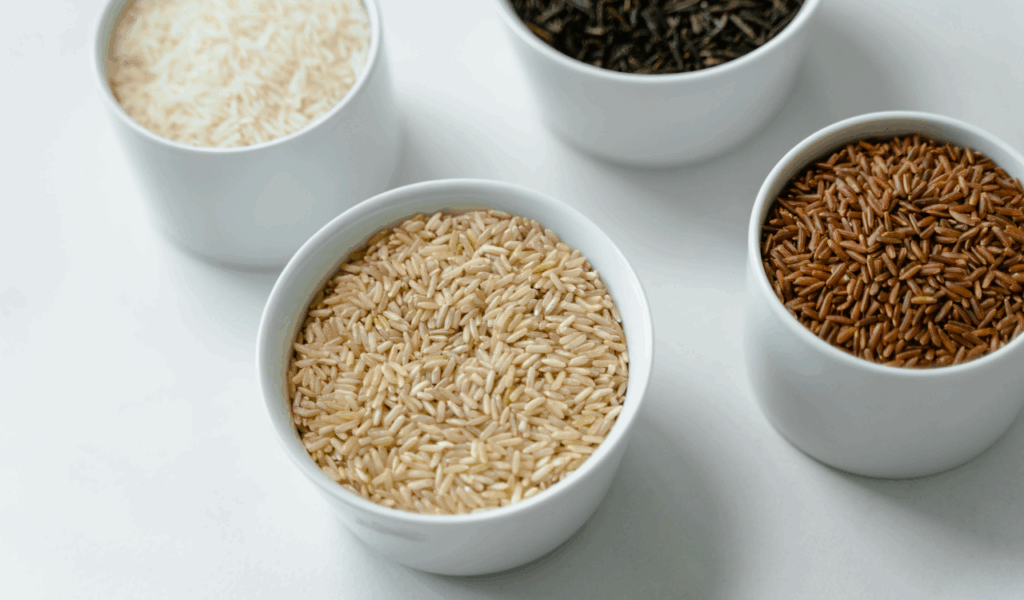
Although rice may seem straightforward, different types can drastically alter your dish with their unique flavours, textures, and aromas. The way that rice interacts with sauces, spices, cooking methods, and other ingredients is just as important as its mouthfeel when it comes to rice selection. This article examines eight varieties of rice, including long grain, aromatic, pigmented, sticky, and others, and demonstrates how each alters the flavour, texture, and applicability of savoury dishes. You can choose the ideal rice for the flavour you desire by being aware of these variations.
1. Jasmine Rice
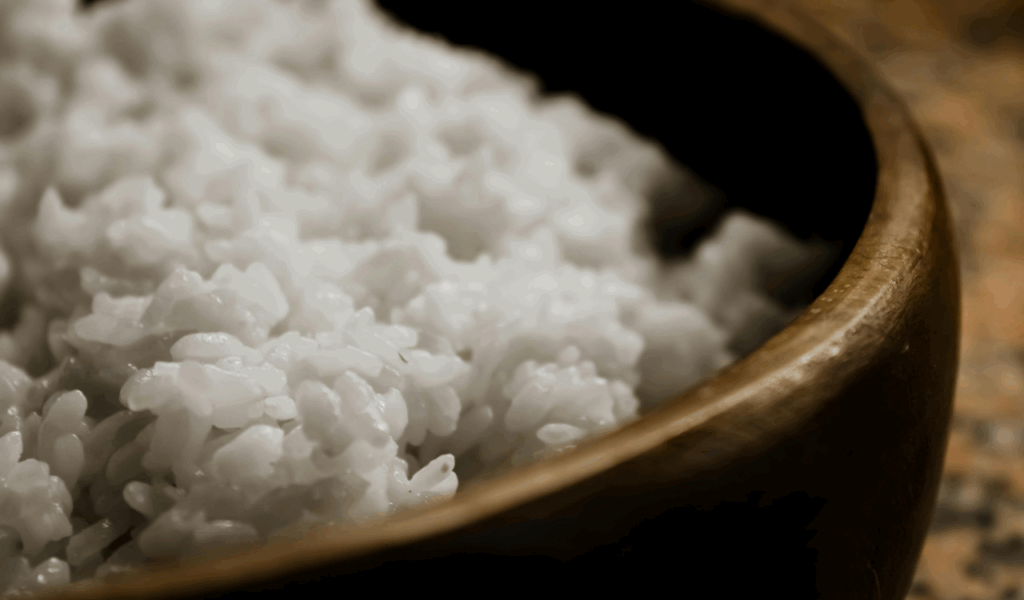
A long-grain aromatic variety, jasmine rice is renowned for its floral, slightly sweet scent and soft, moist texture. Grown in Southeast Asia, the compound 2‑acetyl‑1‑pyrroline is primarily responsible for its distinctive aroma, which is reminiscent of freshly baked bread, pandan, or even popcorn. While it stays separate enough to feel light-textured, cooked jasmine has enough stick-together qualities to absorb sauces well. Its slightly sweet flavour enhances rather than detracts from spicy or sauced foods, and its aroma lifts them.
2. Basmati Rice
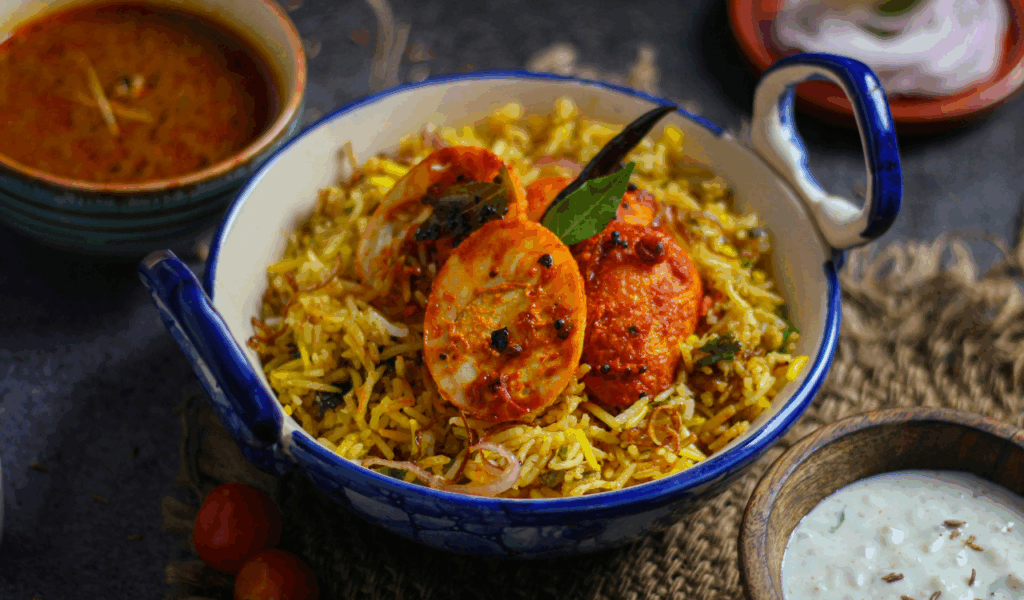
Basmati rice is a long-grain rice that is well-known for its delicately floral, nutty scent and its long, thin grains that fluff up with space between them. Cooked basmati tends to remain light and separate due to its higher amylose content, which enables it to impart flavour without becoming sticky. The rice itself adds softness and aroma, carrying the scents of cardamom, cloves, or saffron without overpowering other ingredients. It works particularly well in pilafs, biryanis, or dishes with strong spices.
3. Arborio Rice
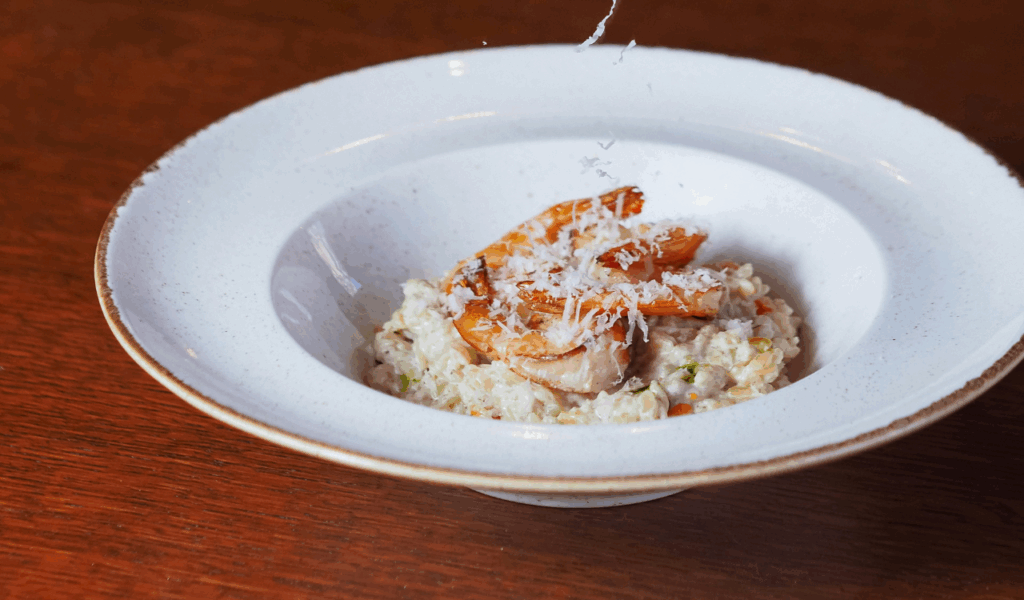
Italian short-grain rice known as arborio is valued for its high starch content, particularly amylopectin, which releases creaminess when cooked. It has a mild, slightly nutty flavour, but its texture and ability to absorb flavours and liquids are what really set it apart. Arborio becomes rich, velvety, and opulent in risottos or creamy soups, counteracting the sharper flavours of the mushrooms, wine, cheese, and broth. It adds comfort and depth to dishes that benefit from creaminess because it softens without losing its bite.
4. Wild Rice
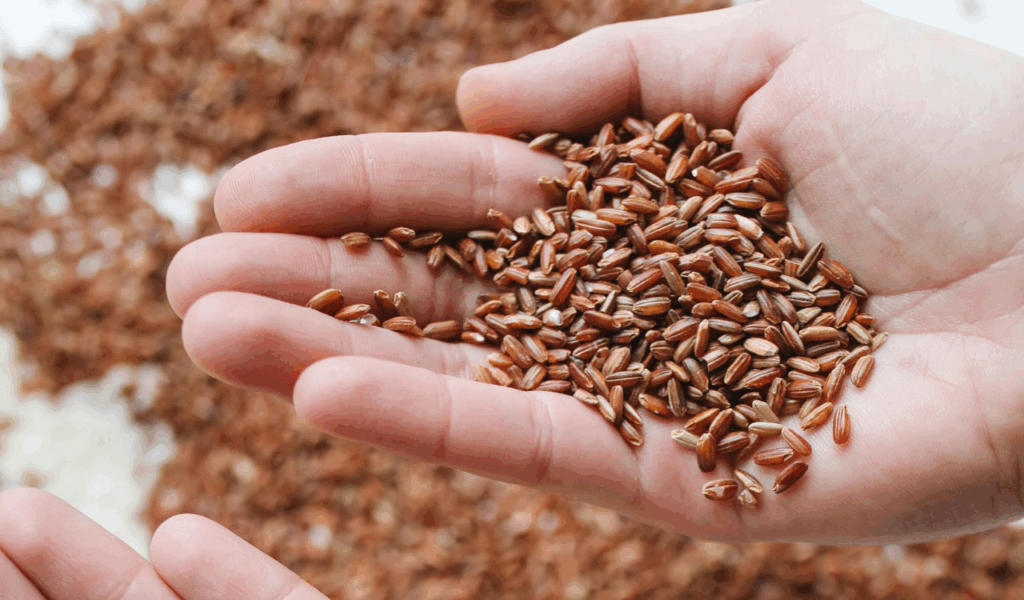
Wild rice, which has a very unique flavour and texture, is actually seeds from aquatic grasses rather than actual rice (in botanical species). The chewy grain, nutty, slightly earthy or smoky undertones, firm texture, and dark colour contrast of wild rice give dishes depth. It works well in soups, stuffings, grain salads, and when combined with strong proteins because it can withstand prolonged simmering. Its chewy bite creates contrast, particularly when paired with creamy sauces or tender meats.
5. Brown Rice (Whole Grain)
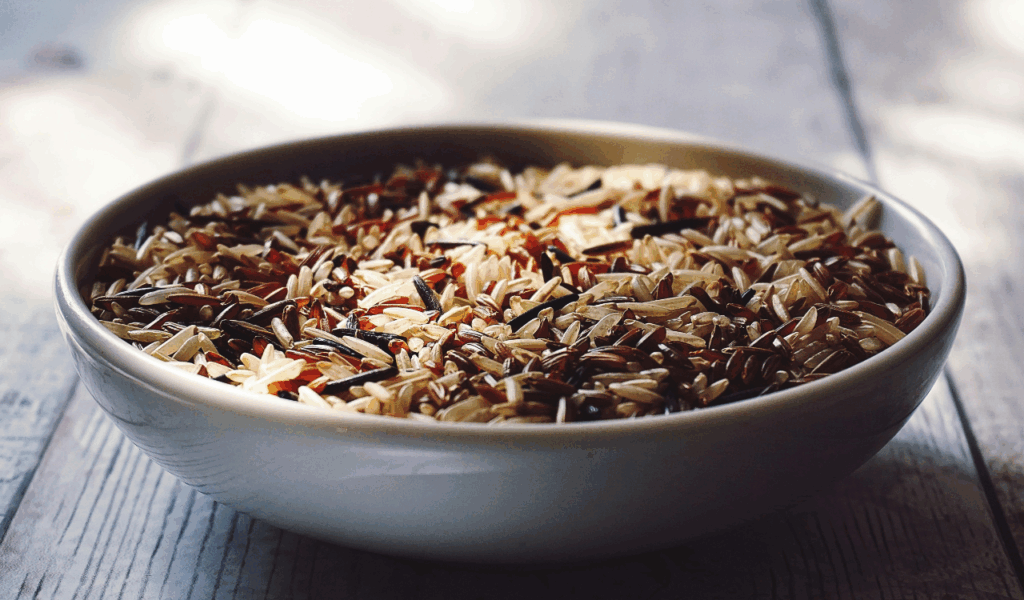
Compared to white rice, brown rice has a chewier texture and a nuttier, fuller flavour because it still contains its bran and germ layers. Additionally, it uses more liquid and takes longer to cook. Brown rice’s earthy and slightly bitter flavour can add character to dishes like pilafs, hearty stir-fries, and grain bowls. Although it absorbs less flavour than polished white rice, it adds nutrients (minerals, fibre) and balances dishes with strong sauces, hot seasonings, or smoky components.
6. Black and Red (Pigmented) Rice
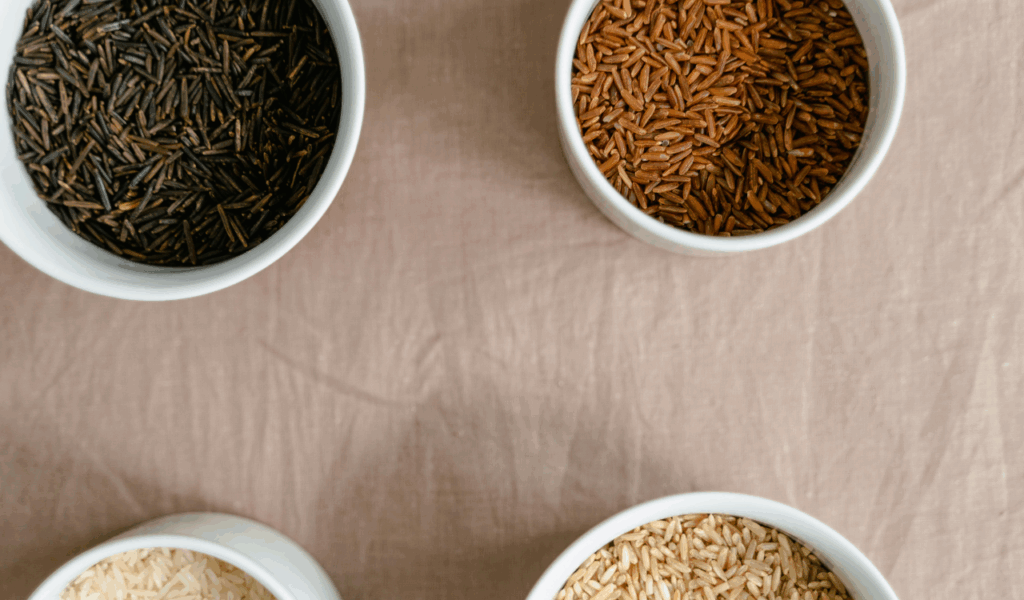
Anthocyanins, which are abundant in the outer bran layers of pigmented rice (black, red, or purple), give it a deeper flavour that includes earthiness, mild nuttiness, occasionally even berry-like hints, or a toasted, smoky quality. These rices frequently have greater chew, texture, and visual appeal. Their flavour and colour can add interest to salads, pilafs, and side dishes. To preserve nutrients and colour, they may need more cooking time and liquid, and they benefit from rinsing but not much washing.
7. Sticky (Glutinous) Rice
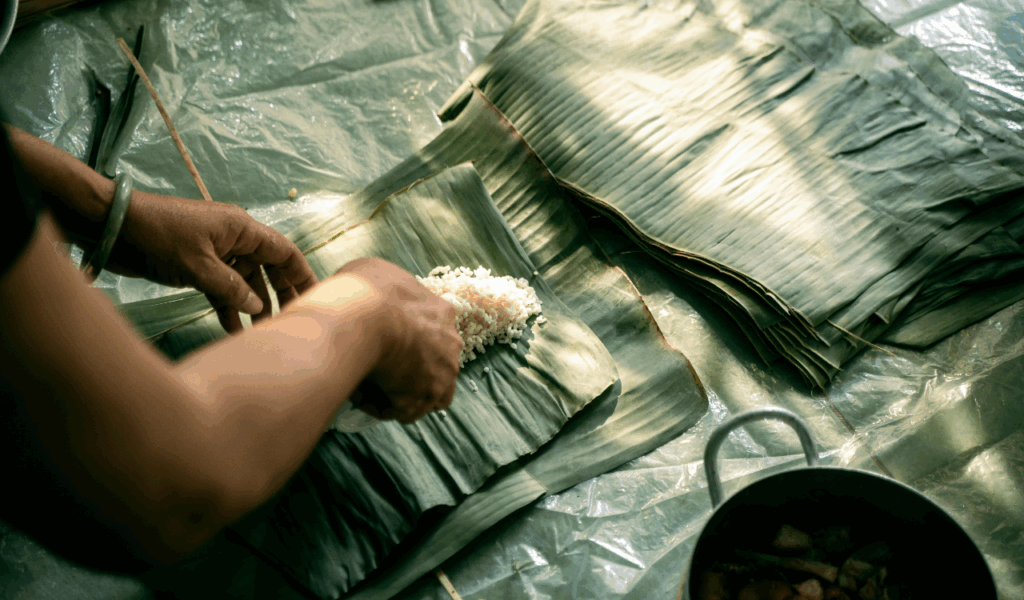
When cooked, sticky rice—also known as glutinous or sweet rice—becomes extremely sticky and clumps together due to its high amylopectin content and low amylose content. It has a fairly mild flavour, but its texture—chewiness, softness, and cohesiveness—dominates. As a result, sticky rice concentrates the flavours of the sauces or condiments it is eaten with, changing how people perceive flavour. Sticky rice’s mouthfeel and texture make it perfect for absorbing sweet, salty, and spicy marinades or flavourings in savoury dishes like dumplings, wrapped parcels, and some pan-fried rice cakes.
8. Aromatic Specialty Varieties (Wehani, Kalanamak, etc.)
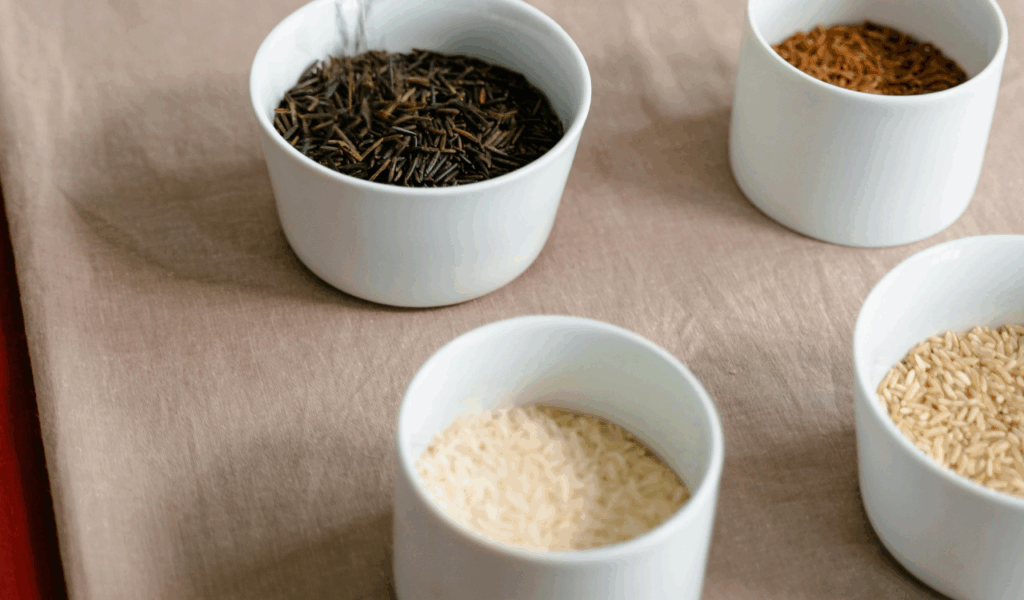
Wehani, a red-brown, aromatic rice from California, Kalanamak, an aged scented rice from India/Nepal with a strong aroma, and other speciality varieties offer unique aroma and flavour profiles beyond the typical aromatic jasmine or basmati. Wehani, for instance, has a slightly chewy texture and a scent similar to peanut or buttered popcorn. Kalanamak’s cooked grains are softer and more fragrant, and its potent aroma is said to surpass that of many ordinary basmati varieties. If you want your rice to be more than just a background, these types are fantastic.


